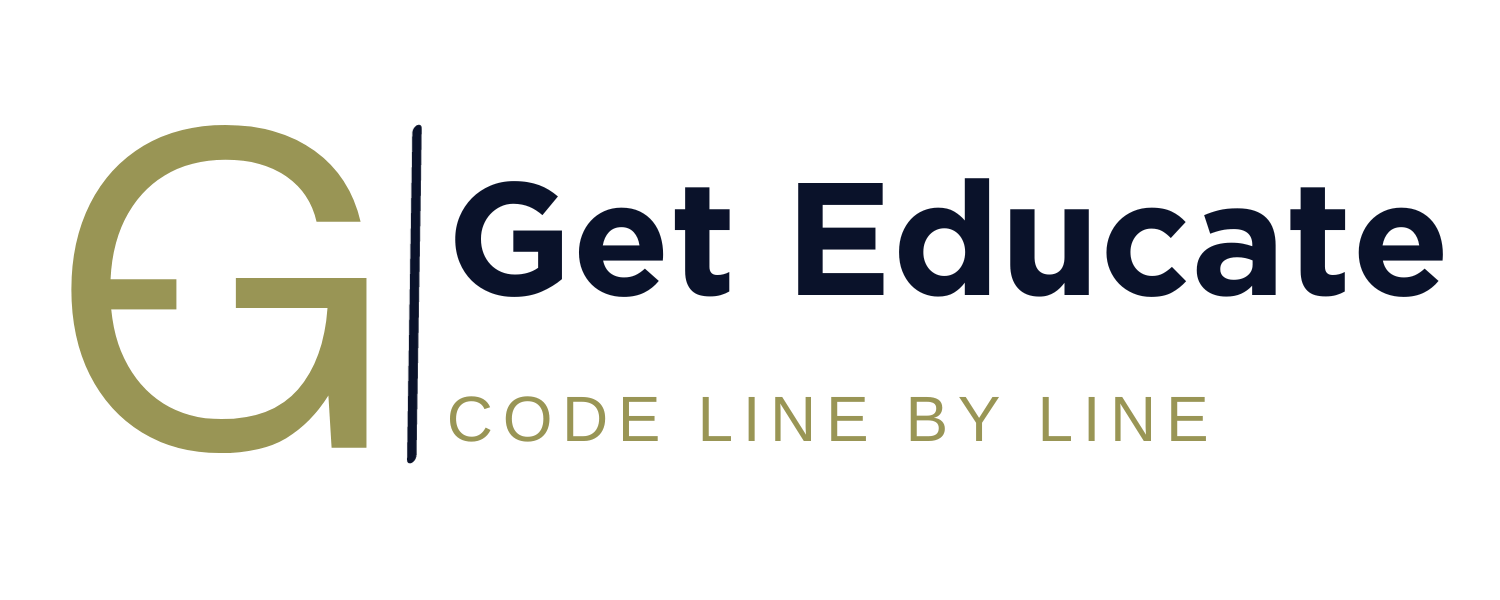Contents
Introduction to Problem Solving
⯈Algorithm and its Characteristics
⯈Elementary Problems
- Addition of two numbers
- Calculate area and circumference of circle
- Calculate area of triangle
- Calculate simple interest
- Calculate slope and distance between two points
- Convert length in feet to inches
- Weighted score in exam
- Convert temperature in degree Celsius to Fahrenheit
- Swap two numbers
- Swap two numbers without using extra variable
Basics of C Programming
- Overview of C Programming Language
- Getting started with C Programming Language
- Keywords
- Identifiers
- Constants
- Operators
- Expression Evaluation
- Mathematical expression to C equivalent expressions
- Datatypes
- Variables
- Integer representation in C
- Character representation in C
- Type conversion in C
- sizeof operator
- Comments
- Mathematical Functions
- input output statements
- width specifiers in C
- structure of a C program
- header files
- Compilation process of a C program
- Types of initializations.
⯈Basic C Programs
- C program to add two numbers
- C program to find area and circumference of circle
- C program to swap two numbers
- C program to swap two numbers without using extra variable
- C program to swap two numbers using bitwise XOR
- C program to convert temperature in Celsius to Fahrenheit
- C program to calculate gross salary of an employee
- C program to count number of digits in a positive integer
- C program to count number of digits in binary representation
- C program to count number of digits in base ‘K’
- C program to convert kilometer to meter, feet, inches and centimeters
- C program to find first and last digit of a number
- C program to find minimum number of currency denominations
- C program to convert cartesian coordinates to polar coordinates
- C program to find distance between two places on earth in nautical miles
- C program to find slope and distance between two points
- C program to add 1 to the number using ‘+’ operator
- C program to find maximum of two numbers using ternary operator
- C program to find maximum of three numbers using ternary operator
- C program to find kth bit of a number
- C program to find last four bits of a byte
- C Program to reset right most set bit of a number
Relational operators in C
The following are the relational operators in C.
> ,<, >=, <=
The relational operators give answer in the form of true or false only.
true is represented by 1, and false by 0. It doesn’t mean that only 1 is true.
Before we discuss the relational operators let us understand the true and false values in C.
True and False in C
In C Programming language, only 0 is false, other than 0 everything is true.
Ex
- “RAM” is True
- 1 is True.
- ‘A’ is True.
- -25 is True.
- 0.25 is True.
- 0 is False.
Relational operators
- 45>23 = 1 (since it is true, and it is represented by 1)
- 45<23 = 0 (since it is false, and it is represented by 0)
- 20>=20 = 1 (since it is true, and it is represented by 1)
- 23<=87 = 0 (since it is false, and it is represented by 0)
